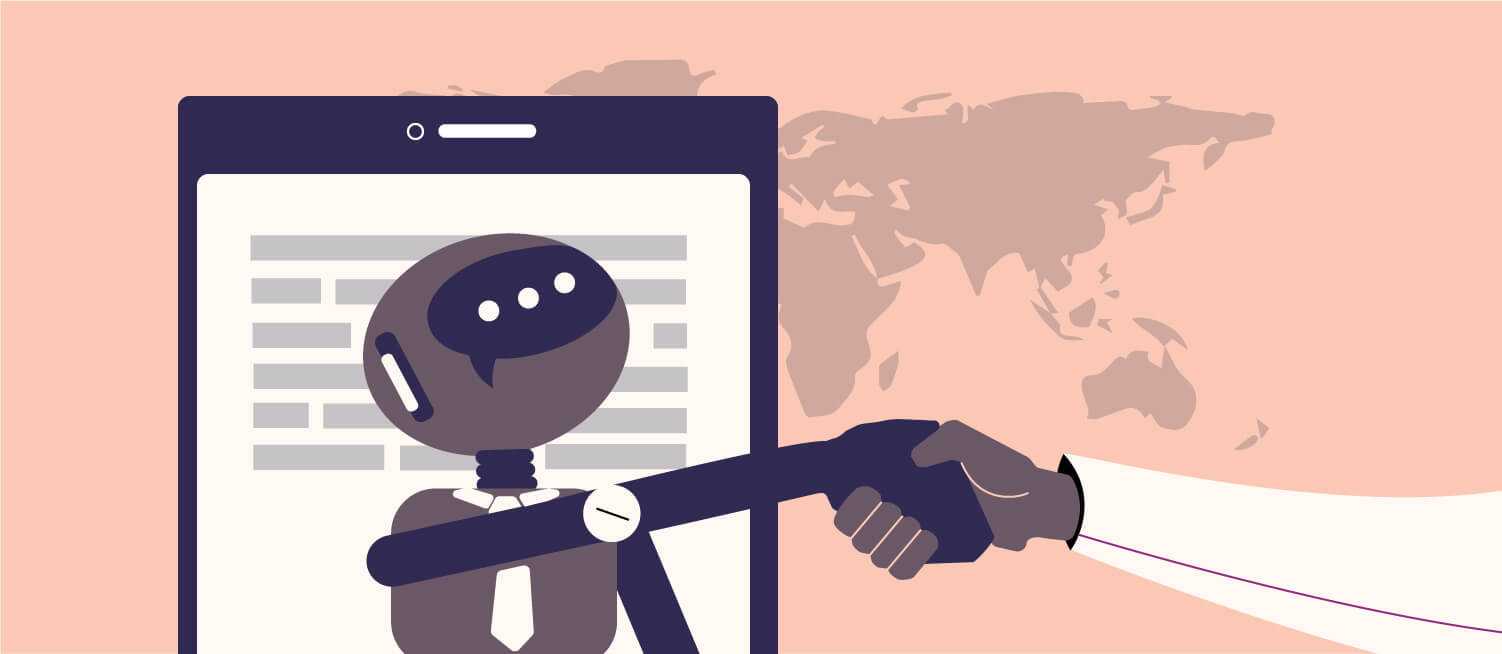Since messaging platforms like Slack, Telegram, and Facebook Messenger opened to third-party chatbots, we’ve seen a massive number of bots popping up across industries. Large consumer brands in particular were quick to capitalize on the opportunity to meet their customers where they are - in chat apps.
According to a recent survey of existing Facebook Messenger users, more than half of customers said they are more likely to purchase with a company that they can contact via a chat app. Add to that the fact that over 2.5 billion people have at least one messaging app installed, and you get a clearer picture of the amazing potential for chatbots developed on these conversational platforms.
And not to forget this somewhat scary statement from Gartner analysts - “By 2020, the average person will have more conversations with bots than with their spouse.”
If these predictions are even remotely true, then now would be the ideal time for companies to ideate how to leverage chatbots for their business. Any brand that wants to build and maintain a quality relationship with both its customers and internal stakeholders, needs to be present at touch points which matter most to them. And this is where chatbots come in.
The basic purpose of today’s bots is quite simple - they answer questions or perform certain tasks for the user. Behind this simplicity, however, are layers of value. With the constant evolution of the conversational interfaces, pushed forward by artificial intelligence and machine learning technologies, bots will become more intelligent and capable of performing more complex tasks. This will allow for virtually unlimited number of use cases for different industries.
Both B2C and B2B companies need to figure out which business processes or high-volume, repetitive tasks bots can automate to increase efficiency and/or improve experiences for their customers. If its purpose-built and aimed at solving a specific problem area for customers, a chatbot can provide considerable new value to the business.
Are chatbots going to take over the enterprise?

There are obvious benefits for e-commerce and consumer brands, but we’re also starting to see interesting use cases across more conservative sectors including banking, real estate, and legal. A great example is Erica, Bank of America’s AI chatbot for digital banking. The bot is available inside the bank's mobile app and it will use AI and predictive analytics to help customers make payments, check balances, save money, etc.
To remain competitive, traditional enterprises must innovate digitally, and chatbots allow them to do so on a budget due to the ease with which they can be developed and deployed.
Savvy enterprises are already using chatbots to gain competitive advantage by enabling easier access to relevant data, more informed decision making, and streamlined processes. Some companies are using chatbots as internal communication hubs to increase productivity and significantly improve collaboration between individuals and teams.
Sales support is another logical and compelling use case for chatbots. Using a chatbot as a sales support agent is a cost effective way for enterprises to boost their sales. Chatbots can handle specific parts of the sales process and then transfer the customer to a sales rep if needed, ideally providing them with the conversation history.
Enterprise systems are highly complex and therefore not particularly user-friendly. Information is often siloed and users don’t have quick access to the information they use most frequently. With proper integrations in place, chatbots can instantly access enterprise data sources to pull up information faster than any human agent could. They can tap into CRM systems to get customer records, or search a product or service catalogue in a second to surface the right offer. This dramatically improves accessibility of information for both internal and external users.
Customer service is another natural fit for chatbots. They can easily fulfill a majority of common customer questions and hand off requests that require human interaction to customer support agents. Intelligent bots that are able to provide instant recommendations in the context of current conversation are already used by many enterprises looking to a) reduce operational costs and b) improve the overall customer service experience. Organizations that can strike the right balance between automation and human assistance will reap the most rewards.
As chatbots become omnipresent in the enterprise, ensuring that proper security and monitoring capabilities are used will be one of the main focus areas for IT. Chatbots and Digital Transformation Digital transformation is enabled by new technology and savvy companies that are looking to increase their revenue are already engaged in developing new digital products and services as part of the wider, digitally-centered organizational and business process change.
In the so called “age of the customer,” the main way companies can gain competitive advantage is by improving customer experiences. If customers can choose when and how they want to communicate with a business, then it’s crucial to adapt to their needs and be present at their preferred communication channels. Enter chatbots.
In the near future, more and more enterprises will develop bots that provide completely new services as well as those that improve existing single-function systems.
In closing, enterprises need to identify high value scenarios for bots that will truly allow them to differentiate by delivering new services and digital experiences to customers and employees.
Also, they need to remember that a bot, regardless of its purpose, needs to be easy to understand and use, focused on a specific problem area or business process, and implemented on the platforms that business is familiar with and that its customers/employees prefer using.
